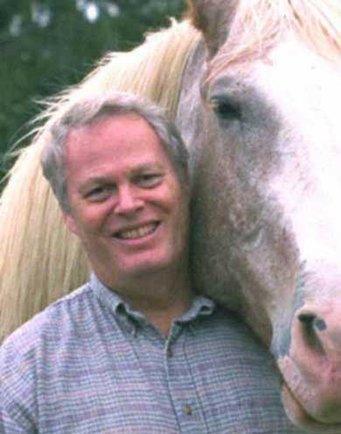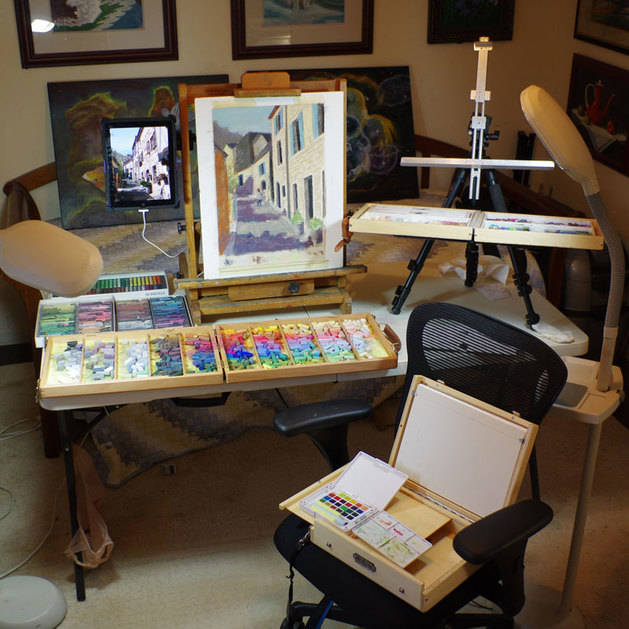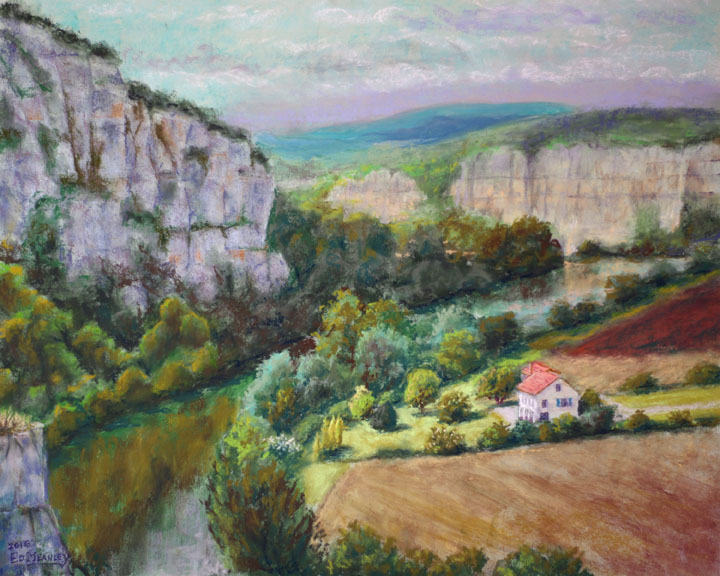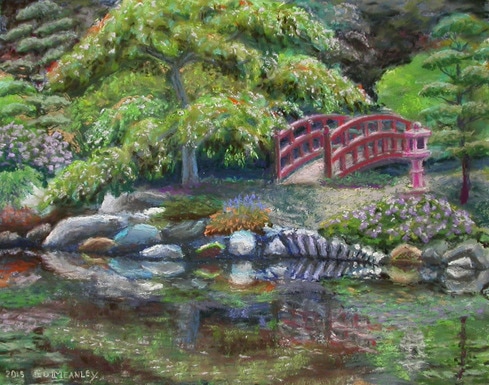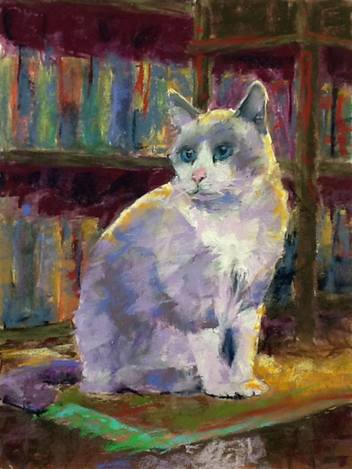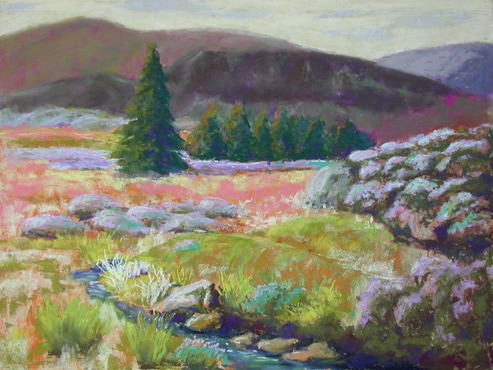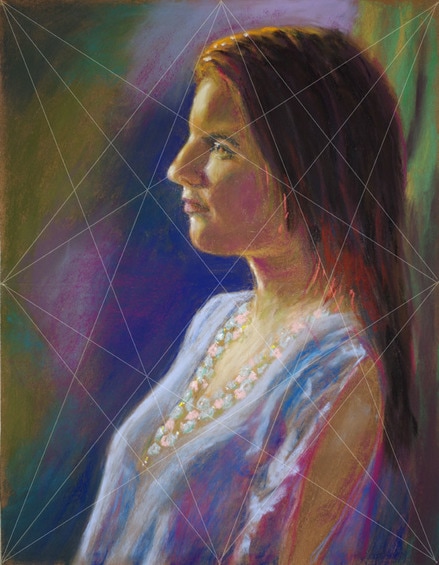ed meanley
|
PSST: Ed, you live in Bellville, a long drive to Houston. Yet you attend most PSST meetings and take the workshops. You are also a member of other art groups, exhibit in many shows, and support individual artists’ events. Why is the participation and support important to you?
Ed: I have learned a tremendous amount about painting by observing and listening to other artists. The shows give me feedback about my progress and I learn a great deal by paying close attention to the critique of my own and other’s paintings by the judges. When I support other artists’ events I gain further insights in painting styles and presentation of art.
Ed: I have learned a tremendous amount about painting by observing and listening to other artists. The shows give me feedback about my progress and I learn a great deal by paying close attention to the critique of my own and other’s paintings by the judges. When I support other artists’ events I gain further insights in painting styles and presentation of art.
